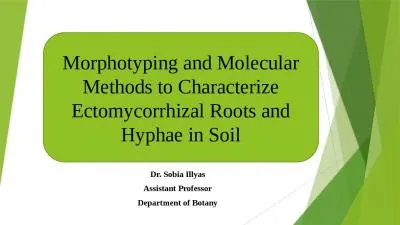PPT-Rust and Smut Dr. Sobia
Author : abigail | Published Date : 2022-06-08
Ilyas Assistant Professor Department of Botany Lahore College for Women University General Characteristics of Basidiomycotina Mycelium is septate Dolipore septum
Presentation Embed Code
Download Presentation
Download Presentation The PPT/PDF document "Rust and Smut Dr. Sobia" is the property of its rightful owner. Permission is granted to download and print the materials on this website for personal, non-commercial use only, and to display it on your personal computer provided you do not modify the materials and that you retain all copyright notices contained in the materials. By downloading content from our website, you accept the terms of this agreement.
Rust and Smut Dr. Sobia: Transcript
Download Rules Of Document
"Rust and Smut Dr. Sobia"The content belongs to its owner. You may download and print it for personal use, without modification, and keep all copyright notices. By downloading, you agree to these terms.
Related Documents

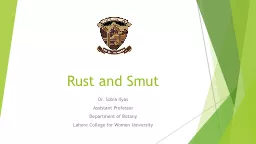
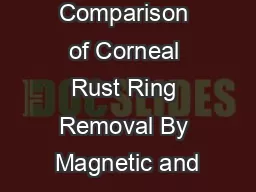
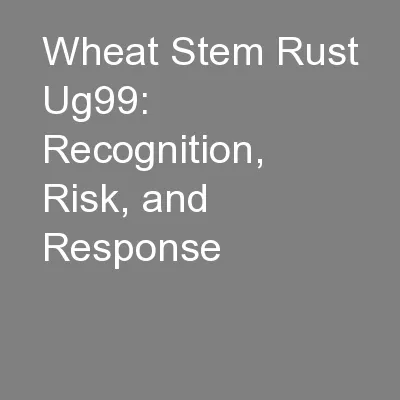
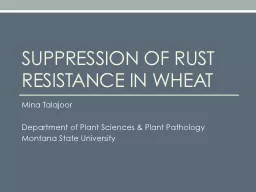
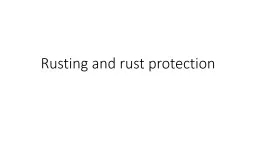
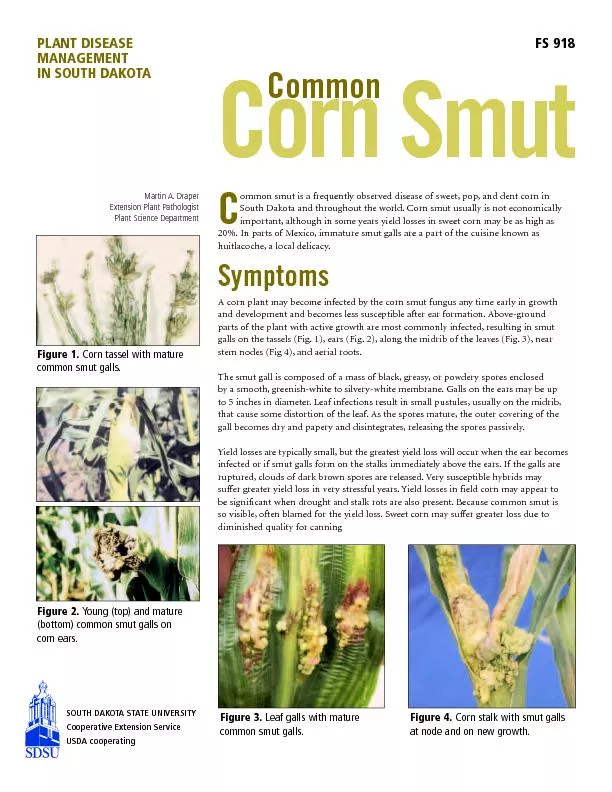
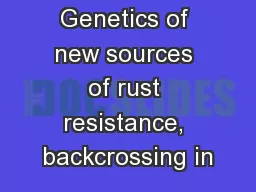

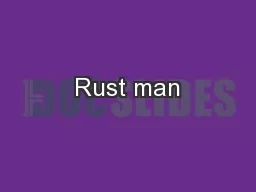

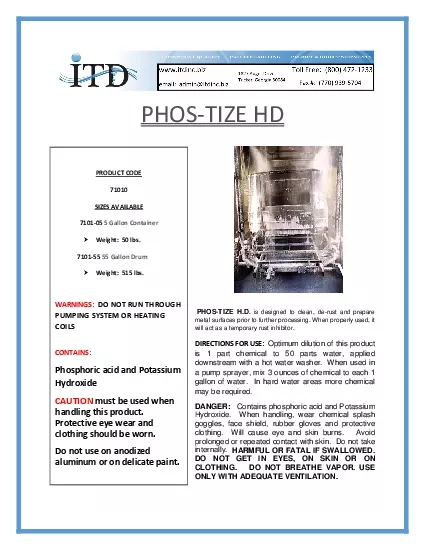
![[DOWLOAD]-Rust Programming Cookbook: Explore the latest features of Rust 2018 for building](https://thumbs.docslides.com/979122/dowload-rust-programming-cookbook-explore-the-latest-features-of-rust-2018-for-building-fast-and-secure-apps.jpg)
![[READING BOOK]-Rust Programming Cookbook: Explore the latest features of Rust 2018 for](https://thumbs.docslides.com/987778/reading-book-rust-programming-cookbook-explore-the-latest-features-of-rust-2018-for-building-fast-and-secure-apps.jpg)
